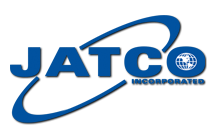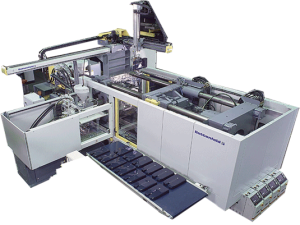The plastic manufacturing industry is slowly starting to shift towards friendlier plastics. This is due to the increasing awareness of the environmental impact of traditional plastics, which can take hundreds of years to decompose. Our JATCO engineers have been keeping an eye on the different materials available and continue to evaluate what’s coming up that’s reliable, affordable, and a great option for our customers. We wanted to share with you what the future of biodegradable plastics may look like and we welcome your comments or questions if you’d like to learn more about what’s available. Please keep in mind that this is still an infant niche industry and some of these plastic options are in their early R&D phase.
One of the most promising types of biodegradable plastics is polyhydroxyalkanoates (PHAs). PHAs are naturally produced by bacteria and can be used to create a variety of plastic products, including food packaging, compostable bags, and medical devices.
Another promising type of biodegradable plastic is polylactic acid (PLA). PLA is made from corn starch or sugarcane and can be used to create a variety of plastic products, including food packaging, compostable cups, and tableware.
Bioplastics are another type of biodegradable plastic that is made from renewable resources, such as corn starch, sugarcane, or vegetable oil. Bioplastics can be used to create a variety of plastic products, including food packaging, compostable bags, and disposable utensils.
Oxo-degradable plastics are a type of plastic that is designed to break down into smaller pieces over time. However, oxo-degradable plastics are not truly biodegradable and can still pollute the environment.
The future of biodegradable plastics is promising. As the demand for these plastics increases, the cost of production is expected to decrease. This will make biodegradable plastics more affordable and accessible to businesses and consumers.
Here are some of the benefits of biodegradable plastics:
- They are made from renewable resources, so they are more sustainable than traditional plastics.
- They can be composted, so they do not end up in landfills.
- They are biodegradable, so they do not pollute the environment.
Here are some of the challenges of biodegradable plastics:
- They are not as strong as traditional plastics. They will not be ideal for many applications, especially ones that are placed under heavy stress and other harsh operating conditions
- They can be more expensive than traditional plastics.
- They are not yet widely available.
Despite the challenges, the future of biodegradable plastics is promising.** As the demand for these plastics increases, the cost of production is expected to decrease. This will make biodegradable plastics more affordable and accessible to businesses and consumers.
JATCO is committed to the future of biodegradable plastics. We are researching new and innovative ways to use biodegradable plastics in our future plastic products. We believe that biodegradable plastics are the future of plastic manufacturing, and we are excited to be a part of this revolution. These will not replace the traditional plastics any time soon, but they will definitely make a dent on the overall traditional plastics production.
If you are interested in learning more about biodegradable plastics, please give us a call at 209.497.4297. We would be happy to answer any questions you have and see how our production facilities can compliment your operations. Our engineers and sales team can help you evaluate your plastic injection molding needs and see what will be the most optimal solution for your project.
Dive Deeper Into Biodegradable Plastics…
As always, we encourage you to start your search on biodegradable plastics here at Wikipedia, and reach out if you have any questions about any plastic manufacturing!

